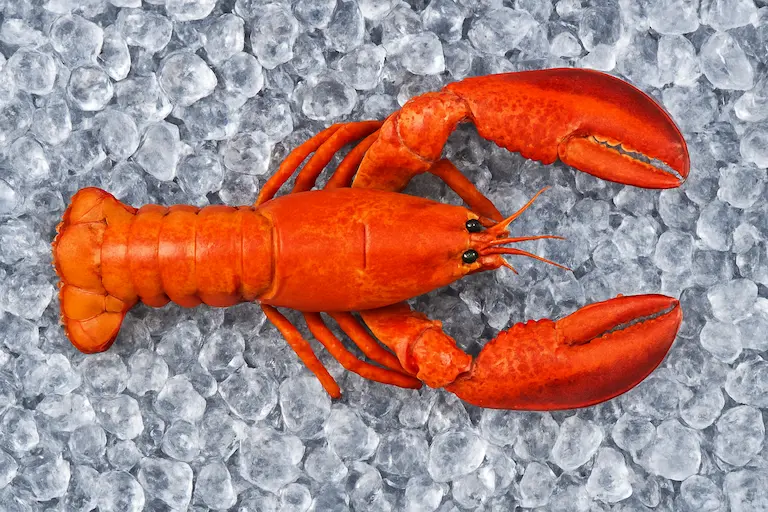Lobster

Lobster is a shellfish known for its firm and flavorful meat, belonging to the Homarus genus. It inhabits seas such as the Mediterranean, the North Atlantic, and certain oceanic regions.
Regarded as a delicacy in fine dining, lobster is highly sought after worldwide for its refined taste. It is available both fresh and frozen, and is typically prepared by boiling, grilling, or baking.

